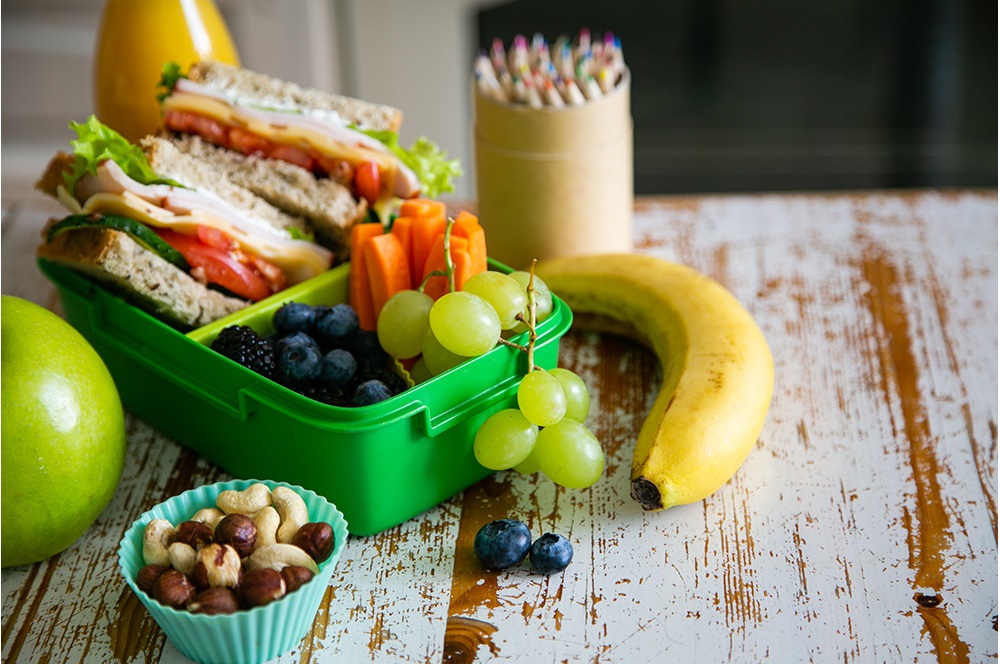The shift to healthy tuckshops

School food services can have a major impact on the food and drinks children are exposed to at a young age, which is why the push for less junk food sold in school tuckshops has been a long time coming.
Thank you for reading this post, don't forget to subscribe!Studies show healthy eating is essential for children’s wellbeing, development and growth, which is one of the reasons why school canteens have been encouraged by the government to shy away from serving fried foods, high sugar content meals, and other unhealthy food items.
Read on to learn more about the benefits of serving healthy food in your school canteen and how to select a menu that provides nutritious food options for students.
The benefits of healthy food in tuckshops
A 2013 Deakin University research project on diet and mental health in adolescents and children highlighted that diets high in junk food can affect areas of the brain that control memory, learning, and even mental health. These findings catapulted a mass encouragement of healthy eating in school canteens. With such a strong relationship between eating and emotional behaviour, most states and territories now have guidelines for the types of food that can be offered in tuckshops.
It’s important that parents, students and teachers work together to support healthy eating. By building a culture that enables children to choose nutritious foods and healthy lifestyles, schools can set students up for success.
Healthy food can offer positive benefits for students in and out of the classroom, including:
- Providing the nutrients needed to be engaged and alert in the classroom.
- Activities for healthy development and performance.
- Paving the way for good health and prevention of chronic illness.
Deciding whether a food or drink is suitable for the tuckshop menu
When considering whether a product is suitable for a healthy tuckshop school lunch, consider items that align with the Australian Dietary Guidelines. A healthy food service should be able to offer students nutritious snacks and meals that are packed full of vitamins, proteins and minerals. Providing food that is consistent with the Australian Dietary Guidelines and complements the diverse elements of the school curriculum is an integral part of creating a healthy school environment.
The National Healthy School Canteens (NHSC) project has developed national guidance and training to help tuckshop managers make healthier food and drink choices for school canteens.
The NHSC outlines a list of foods that should be on the canteen menu, such as fruits, vegetables, reduced-fat milk, grains, and yoghurt. Containing a wide range of nutrients, and generally low in saturated fats, sugar and sodium, the NHSC encourages the inclusion of these items on the menu as opposed to foods that contain high amounts of excess energy and sugars (such as donuts, soft drink, and chocolate.)
The project also outlines foods that can appear on the menu in moderation, as they contain some valuable nutrients but may be high in saturated fats, sugar and sodium. These foods should be consumed in moderation. The foods that should be consumed in moderation include items such as breakfast cereals, savoury hot food, ice cream, desserts, sauces and sweet toppings.
Make a healthier difference in your tuckshop
My School Connect believes in making a healthier difference by partnering with organisations that empower schools and students to develop healthy habits. We understand we’re not all experts on nutrition, but working with nutritionists to review your menu and provide recommendations, you can provide healthier meals for all students.
